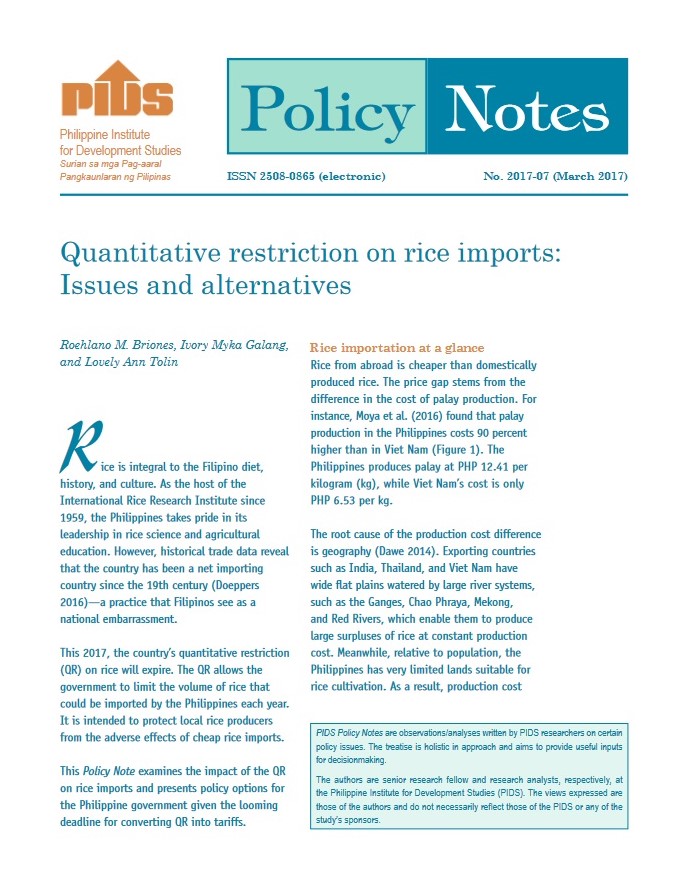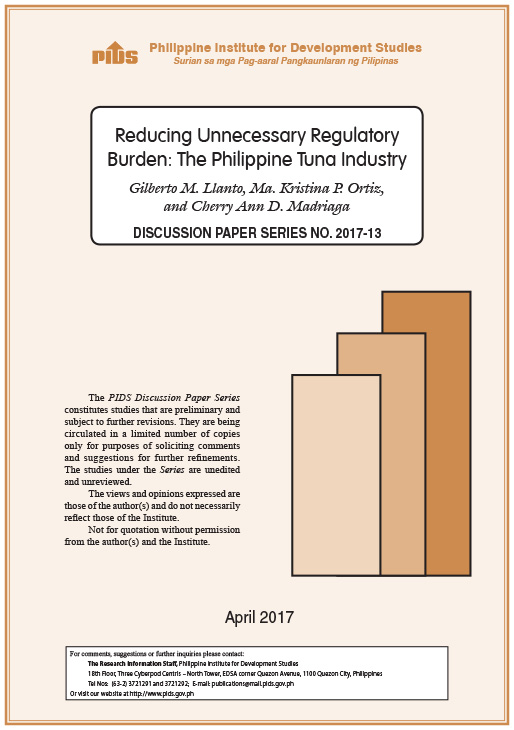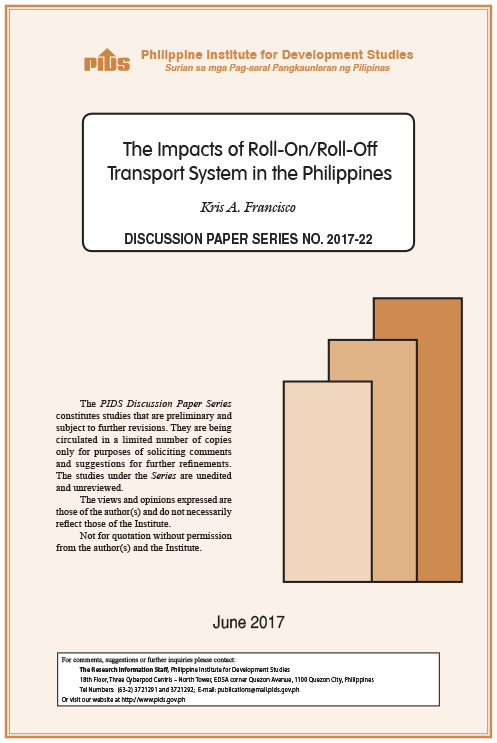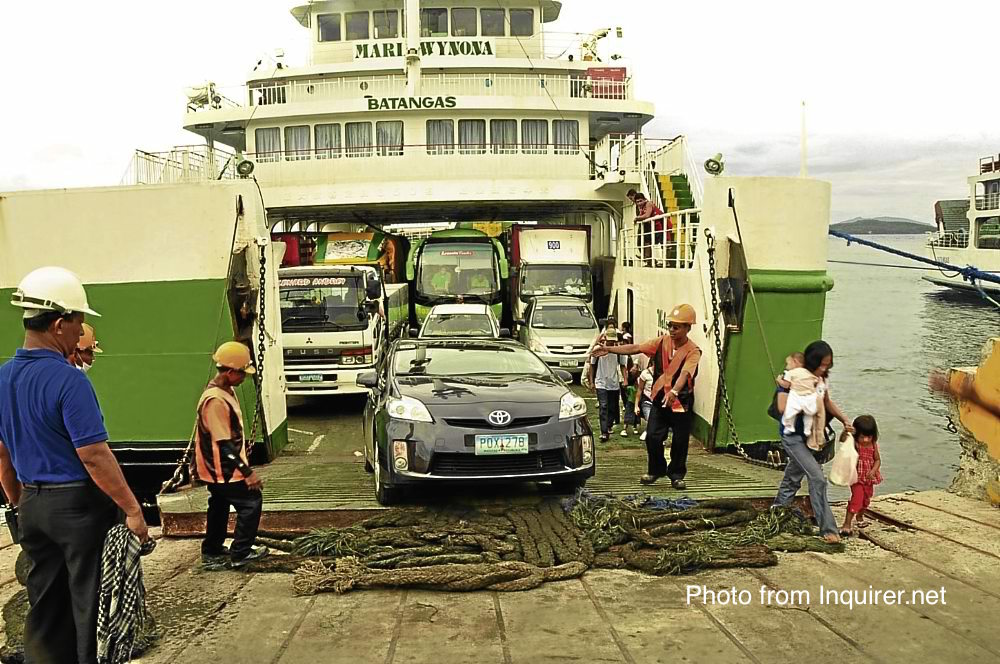The Roll-On/Roll-Off transport system improved incomes of households in the port areas by seven percent as more economic activities were stimulated, state-run think tank Philippine Institute for Development Studies said.
In a paper titled The Impacts of Roll-on/Roll-Off Transport System in the Philippines, PIDS research fellow Kris Francisco said the income boost among households has reflected on the increase in school attendance in municipalities near Ro-Ro ports.
Our estimates suggest that agricultural households gained higher income from the operation of these ports because both agriculture and non-agriculture related activities were stimulated,” PIDS said.
The Ro-Ro ferry terminal system (RRTS) is the government’s attempt to improve inter-island connectivity between Luzon, Visayas and Mindanao. The transport policy established in 2003 integrated road and water transportation by allowing vehicles to directly board the ship without unloading their cargo and be easily transferred from one island to another.
It is composed of three nautical highways, namely Western, Central and Eastern Nautical Highway, which started operating in 2003, 2008 and 2009, respectively.
This system expanded the country’s transport system with minimal investment. Instead of investing in new port infrastructure, authorities allowed the conversion of existing ports into Ro-Ro ports and encouraged private sector participation.
In a paper titled The Impacts of Roll-on/Roll-Off Transport System in the Philippines, PIDS research fellow Kris Francisco said the income boost among households has reflected on the increase in school attendance in municipalities near Ro-Ro ports.
Our estimates suggest that agricultural households gained higher income from the operation of these ports because both agriculture and non-agriculture related activities were stimulated,” PIDS said.
The Ro-Ro ferry terminal system (RRTS) is the government’s attempt to improve inter-island connectivity between Luzon, Visayas and Mindanao. The transport policy established in 2003 integrated road and water transportation by allowing vehicles to directly board the ship without unloading their cargo and be easily transferred from one island to another.
It is composed of three nautical highways, namely Western, Central and Eastern Nautical Highway, which started operating in 2003, 2008 and 2009, respectively.
This system expanded the country’s transport system with minimal investment. Instead of investing in new port infrastructure, authorities allowed the conversion of existing ports into Ro-Ro ports and encouraged private sector participation.












